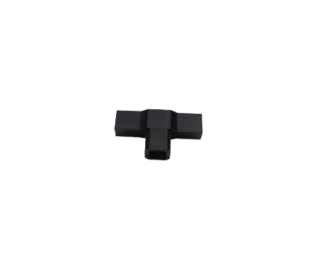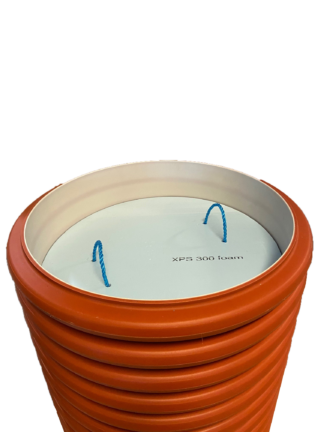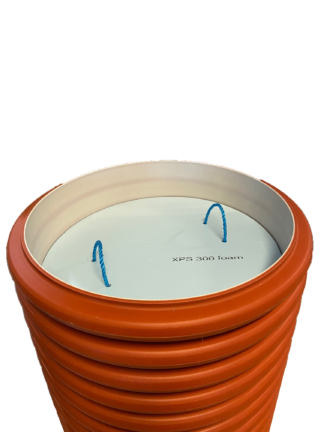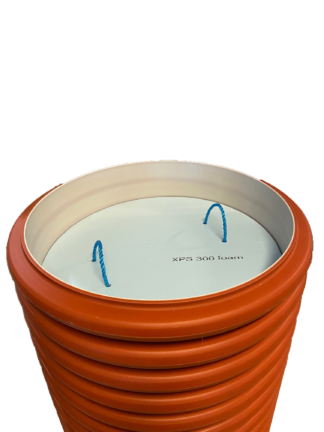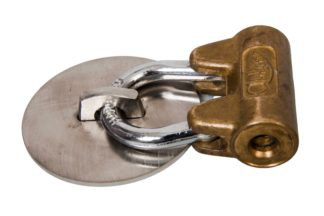Your cart is currently empty!
Insulation for Well Covers
nsulation for Well Covers – What to Use and When
Below is a clear and practical guide explaining the different types of insulation for well covers, when insulation is needed, and what solutions are most effective. This applies to stormwater wells, drainage wells, water meter wells, LTA/LPS pump stations, and tanks.
Why Insulate a Well Cover?
Insulation is used to:
-
Prevent freezing inside the well or connected pipes
-
Protect water meters from frost
-
Reduce condensation
-
Keep pumps and electronics frost-free
-
Prevent ice formation under the cover, which can make it difficult to open
Insulation is especially important in:
-
water meter wells
-
LTA/LPS pump stations
-
shallow stormwater wells
-
drainage wells near ground level
Types of Insulation for Well Covers
1️⃣ Integrated Insulated Covers (factory-made insulation)
These covers come with built-in insulation, often made from:
-
Plastic covers with foam core (EPS/XPS)
-
Composite covers with insulation plates
-
PE covers with molded insulation
Advantages:
-
Fully sealed construction
-
Quick installation
-
High insulation performance
Common uses:
-
Water meter wells
-
Pump wells
-
Light-duty stormwater wells
2️⃣ Insulation Inserts / Insulation Liners
Loose inserts placed under the well cover.
Materials:
-
EPS (expanded polystyrene)
-
XPS (extruded polystyrene) – better moisture resistance
-
PU foam panels
-
Molded plastic insulation hoods
Advantages:
-
Low cost
-
Fits most existing covers
-
Effective for moderate frost protection
Typically used for:
-
Older wells needing an upgrade
-
Residential water meter wells
-
LTA wells in cold climates
3️⃣ Thermo Covers / Frost-Proof Covers
Special covers designed specifically for frost protection.
Characteristics:
-
Extra-thick insulation
-
Often double-layer construction
-
Sometimes reflective thermal lining
Used in cold regions or for shallow installations.
4️⃣ Insulation Mats / Flexible Insulation Pads
Soft insulating mats placed under the lid.
Materials:
-
Foam
-
Mineral wool sealed in plastic
-
Flexible insulated film
Great for uneven surfaces or composite covers.
5️⃣ Heating Cable (Complementary solution)
Not insulation by itself, but sometimes used together with insulation to:
-
Protect water meters
-
Prevent frost around electrical components
-
Keep pump stations functional in extreme cold
Most common in very cold climates.
When Is Insulation Needed?
✔ Water Meter Well
Always needed — high frost risk.
✔ LTA/LPS Pump Station
Recommended in cold climates to protect:
-
pump head
-
level sensors
-
pipe connections
✔ Stormwater Well
Needed if:
-
installed shallow (< 50–70 cm)
-
ice pressure could lift the cover
-
the drainage system may freeze
✔ Drainage Well
Used to protect shallow drainage connections from frost.
✔ Tanks
Prevents freezing in inlet/outlet areas.
Best Insulation Option Per Well Type
| Well Type | Recommended Insulation |
|---|---|
| Water Meter Well | Integrated insulated cover + insulation insert |
| LTA/LPS Pump Well | Composite cover + insulation pad/insert |
| Stormwater Well (plastic) | Insulation hood or EPS insert |
| Drainage Well | Thin EPS sheet |
| Tank | Plastic cover with built-in insulation |
Installation Tips
-
Ensure insulation does not sit directly in water
-
Avoid mineral wool without plastic — it absorbs moisture
-
Proper sealing reduces frost penetration
-
Insulation must be removable for service/maintenance

